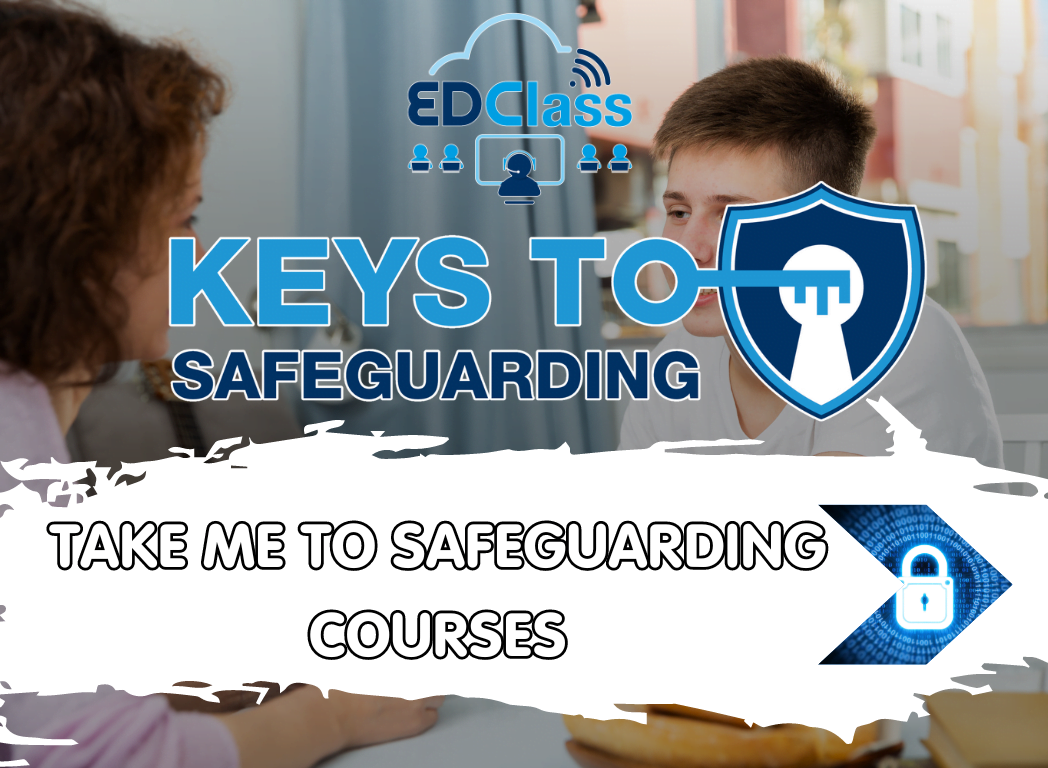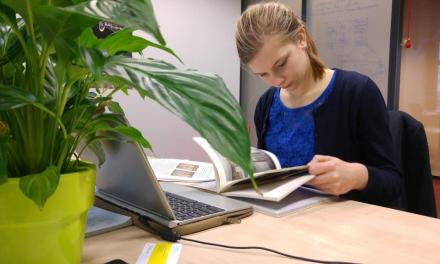Safeguarding children should be of paramount importance, but spotting the signs of why a child might be in danger of being involved in county lines can be tricky.
In this blog, we’ll explore what county lines are, the dangers and what you can do to effectively support your students who desperately need support.
What are county lines?
County lines refer to criminal organisations exploiting vulnerable children and young people to predominantly transport and sell illegal drugs to other towns, cities or communities in the UK.
Criminals use enticing incentives such as money, gifts, status and a false sense of friendship to take advantage of these children. These young people will normally be from disadvantaged backgrounds or have several factors impacting their judgement and become involved in county lines. They then will find it difficult to stop their involvement due to fear of repercussions from the criminals.
How we can support a child
There can be no definitive answer to spot the signs of a child involved in county lines, some might have a completely normal demeanour despite dealing with something traumatic. However, here are five key signs you can look out for and what you can do to support a child involved in county lines.
1. Frequent absences from school or home
A child could be missing an inordinate amount of time at school or disappearing from home. To counteract this, you could connect them with relevant support services, such as mental health professionals to understand their absenteeism.
You can also communicate more with their parents or guardians to formulate a plan to monitor the child’s activity to ensure they are safe. Remote or hybrid learning can be an effective way to support a child in a setting where they feel comfortable or positively reintegrate.
2. Excessive phone use or secrecy
A child constantly on their phone isn’t too of the ordinary in today’s age, however, it’s important to monitor how long they are using it and what they are doing on it. If they become defensive, angry or secretive then it could potentially mean they are involved in something dangerous.
To overcome this, make sure to have a non-judgemental discussion with them to see if they provide any indication that something could be happening. Building trust and rapport is essential to ensuring children can talk openly without fear of judgment. Take a look at our other blog on building effective relationships with students here.
3. Sudden changes in mood or behaviour
Signs of anxiety, withdrawal or increased lashes out in behaviour could indicate that a child is involved with something serious. Make sure to listen actively and patiently with the child and validate their feelings to understand why they are feeling like this. You can then put a strategy in place to combat this danger and safeguard them to the best of your abilities.
You mustn’t openly ask if they are involved in county lines due to the danger it could put them in, but allow them to gradually reveal signs that they could be.
4. Unexplained bruises or injuries
Physical abuse could indicate that a child is involved in a serious safeguarding situation. If you ask about their injuries, make sure to be patient with their answers and do not pressure them into telling you something. Reassure them you care about their well-being and want to ensure their safety.
5. Changes in dress or appearance
Criminal organisations can pay children with new clothes or expensive items for their involvement. Tread carefully around this and ask how they got the items, but do not overstep your boundaries. Reassure them you are available to talk if they ever feel in danger and signpost them to specific support services if they ever require it.
Using online to assist
Online courses, such as ‘Gangs, County Lines, CSE and Peer-on-Peer Abuse’ can help develop your knowledge on county lines and other related safeguarding topics. If you have a student who requires support, then consider using EDClass’s online alternative provision. You can also browse multiple other safeguarding courses on Keys to Safeguarding.










